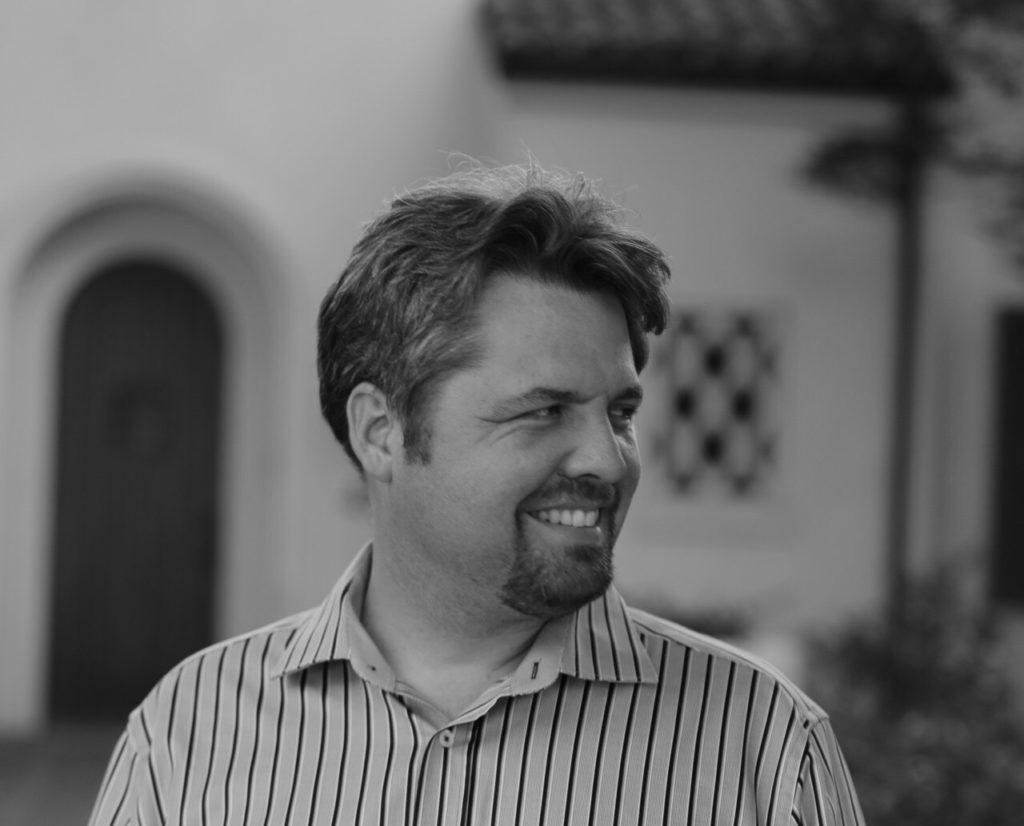The Concord Consortium’s Teacher Ambassador program commemorates our 25th anniversary by recognizing 25 outstanding teachers who have included our digital inquiry resources into their STEM classrooms. We congratulate them on their innovation and creativity.
Ken Hawthorn, The Magellan International School, Austin, TX
Ken Hawthorn started his career as a prototyping engineer working in this website with early stage companies to develop proof-of-concept technologies: localized surface plasmon resonance (LSPR) in biotech to long-range electric motorcycles. After volunteering in an afterschool program to help academically and socially at-risk students, he discovered that engineering has a lot in common with teaching.

“Teaching is the process of helping students become comfortable with connecting two or more seemingly disparate tools or systems in a creative way to neatly solve a problem,” he explains.
He learned about the Concord Consortium through a project based in our California office, Paper Mechatronics, which uses familiar materials and low-cost resources to enable students and teachers to build their own microcontrollers for use with servomotors, sensors, and switches.
“I was inspired by the partnership between Concord and Georgia Tech around the ATtiny85 chip,” he explains. (The ATtiny85 is a small, inexpensive microcontroller the size of your thumbnail that was developed for low-power applications. It’s one of many technologies PaperMechatronics utilizes.) Ken’s students will use it this year to develop $2 robots. “The work that has been done at Concord around the ATtiny85 has allowed my students to flourish when it comes to designing ultra low-cost projects.”
He loves to hear parents recap, somewhat incredulously, what their kids did in Mr. Hawthorn’s class today: pick a lock or make an electric fire starter, for example. “We study systems, we hack them, and we build machines that make us smile,” he says. “I take pride in the excited recounting my students do on the ride home with parents.”
Ken hopes the global maker movement and open-source hardware will encourage teachers who have not considered themselves makers “to drop their fear of coding and the naked circuit board.” His ideal maker space would be a room well supplied with simple tools and materials that students and teachers can use to develop projects of their own design. “The place should be a hub of contagious enthusiasm,” he says. “Local engineers should eye the place with envy.”
Favorite ice cream: Secret Breakfast at Humphry Slocombe in San Francisco